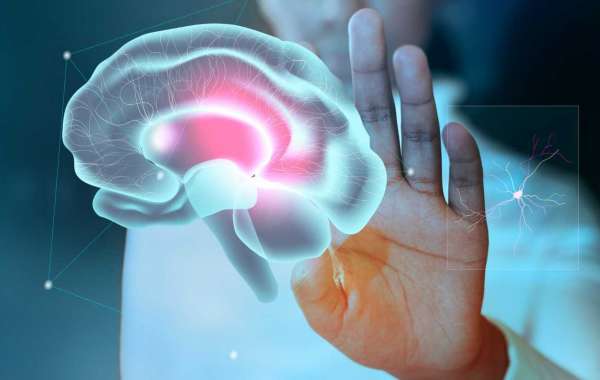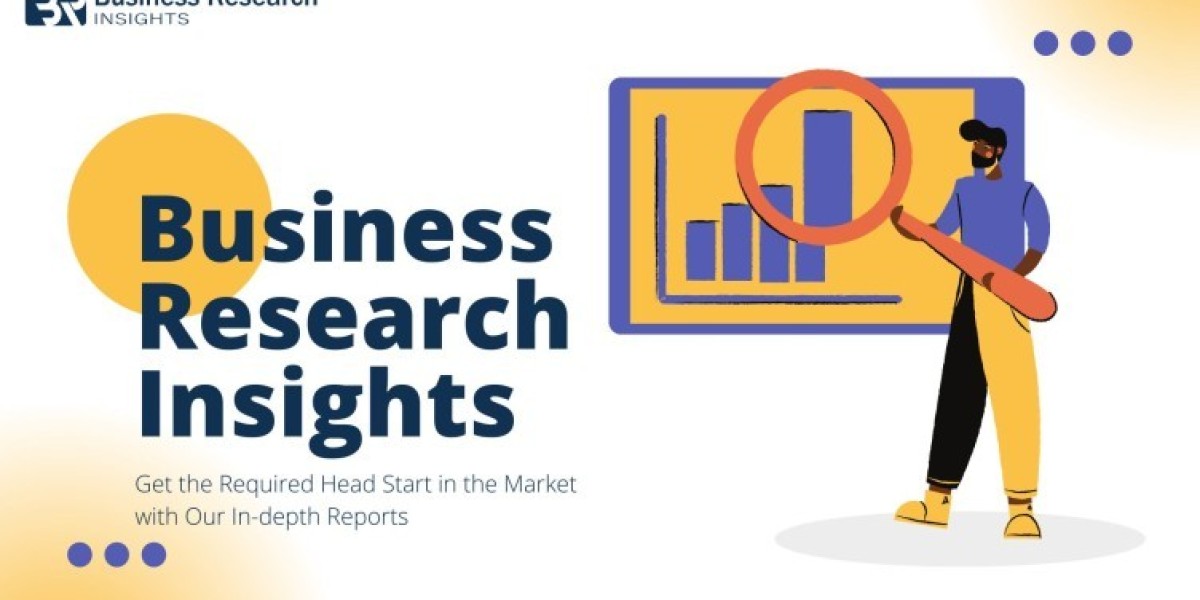According to a survey conducted in 2021 in the U.S., the top unmet needs cited by patients and healthcare professionals (HCPs) include the requirement for non-scheduled therapeutic options or no/low abuse drug potential, more tolerable drug regime, a more effective and novel mechanism of action beyond presently available therapies, and reduced dose medications. In addition, the disorder profoundly increases the psychosocial burden on people with narcolepsy. Associated high treatment costs and dwindled work productivity with reduced income levels are some of the key factors adding to the psychosocial burden for people living with narcolepsy.
Narcolepsy Therapeutics Market is projected to reach $4,912.3 million by 2032 from $915.2 million in 2021 at a CAGR of 15.93% during the forecast period 2022-2032. This market is driven by certain factors, such as low satisfaction with available therapies, robust pipeline products, rising uptake of narcolepsy awareness programs, and improving diagnosis.
Industry Insights
Treatment Guideline for Narcolepsy Therapeutics
The treatment of narcolepsy that is offered by the clinicians includes symptomatic treatment of narcolepsy associated symptoms, mainly excessive daytime sleepiness and cataplexy. The majority of the treatment options available for the treatment of narcolepsy cater toward the treatment of these two main symptoms. The treatment guidelines for the treatment were updated in various regions, including the U.S. and Europe, post the approval of various new therapies like Wakix (pitolisant), Sunosi (solriamfetol), and the recent approval of Xyrem (sodium oxybate) for its usage in the pediatric population for narcolepsy.
Regional organizations have recently updated the narcolepsy clinical guidelines. In the U.S, the American Academy of Sleep Medicine has issued the narcolepsy treatment guidelines. In Europe, the European Academy of Neurology has issued the latest update on the treatment guideline for narcolepsy.
Impact
Albeit narcolepsy is an orphan disorder with only about 3 million people globally, the existing management of narcolepsy propounds the area as investigational for drug research and development. Currently, all available therapies are symptom-centric and do not cure the condition. In about 50% of people, disorder onset often occurs prior to age 25 with a delayed diagnosis, especially in adolescents. Insubstantial abilities of existing therapies to cover a complete range of symptoms and insignificant improvement in the quality of life of people with narcolepsy have led to the emergence of several innovative therapies in recent years. The market witnessed approximately 39 regulatory and legal developments during the time period between January 2019 and May 2022.
In addition, the disorder profoundly increases the psychosocial burden on people with narcolepsy. Associated high treatment costs and dwindled work productivity with reduced income levels are some of the key factors adding to the psychosocial burden for people living with narcolepsy. Most companies are focusing on expanding their product portfolio with the launch of best-in-class distinctive novel therapeutics and trying to address the limitations and challenges with available therapies in an effort to increase their global footprint alongside.
Some of the prominent names established in this market are:
- Jazz Pharmaceuticals PLC
• Harmony Bioscience, LLC
• Axsome Therapeutics, Inc.
• Avadel Pharmaceuticals PLC
• Takeda Pharmaceutical Co Ltd
• Sumitomo Pharma Co Ltd
• Suven Life Sciences Limited
• NLS Pharmaceutics AG
• Balance Therapeutics
Role of Harmony Biosciences, LLC in the Global Narcolepsy Therapeutics Market
Headquartered in Pennsylvania, U.S., the company offers its products for neurological diseases, including narcolepsy. The company launched its main product Wakix (Pitolisant), in November 2019, in the U.S. and is the only approved narcolepsy therapy with a novel mechanism of action, selective H3 receptor antagonist/inverse agonist. Wakix (Pitolisant) is indicated to treat both narcolepsy type 1 and 2, i.e., it treats excessive daytime sleepiness and cataplexy in narcoleptic patients. It is a once-daily oral tablet that can be taken as monotherapy or administered concomitantly with other narcolepsy treatments. The company’s current pipeline presents its focus on developing pitolisant for expanded clinical indications such as pediatric narcolepsy, idiopathic hypersomnia, Prader-Willi syndrome, and myotonic dystrophy.
Get Free Sample Report - Click Here
Key Questions Answered in the Report
▪ What are the major market drivers, challenges, and opportunities in the global narcolepsy therapeutics market?
▪ What are the key development strategies being implemented by the major players to sustain in the competitive market?
▪ Which is the dominant therapeutic type developed by the leading and emerging players for narcolepsy?
▪ What are the key classes of drugs that have been considered by leading players in the global narcolepsy therapeutics market?
▪ What are the most promising emerging and investigational therapies in narcolepsy?
▪ How is each segment of the market expected to grow during the forecast period from 2022 to 2032?
▪ Which companies are anticipated to be highly disruptive in the future, and why?
▪ What are the reimbursement scenarios and the regulations for narcolepsy in seven major markets?
▪ What are your treatment guidelines for narcolepsy in seven major markets?
Additionally, BIS Research also offers a dedicated and unique platform to find and access deeptech insights and updates on emerging technologies across industry verticals. Insight Monk, an AI powered deeptech search engine, is a subscription based platform that offers a library of latest market insights and updates based on emerging tech. Learn more about InsightMonk here.









